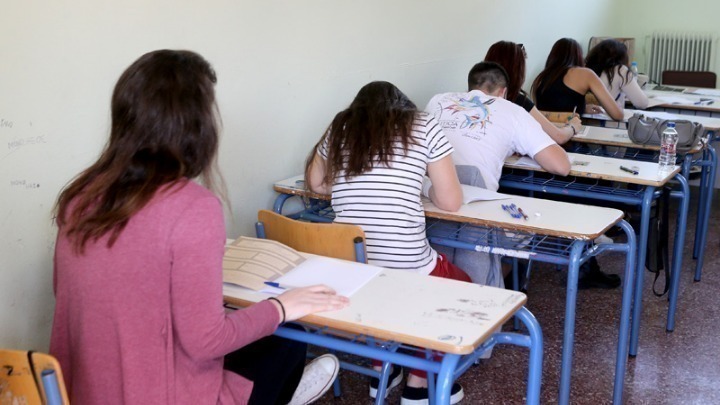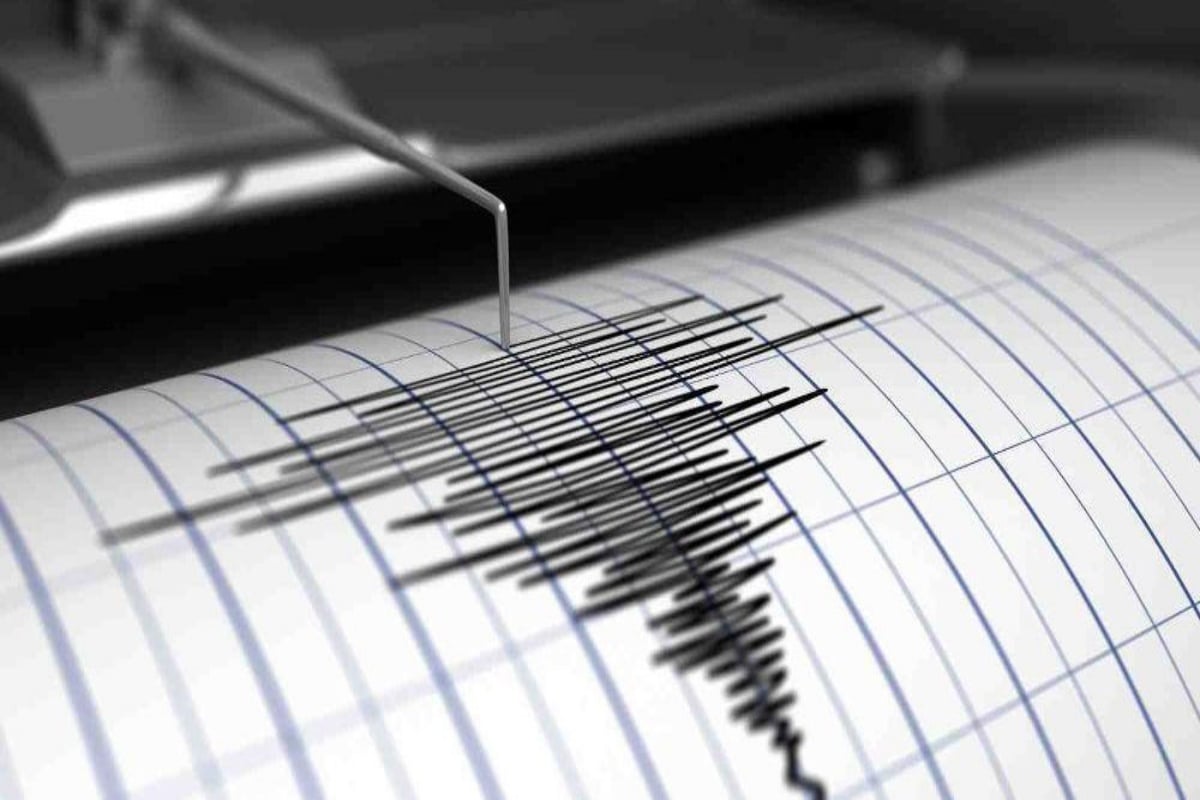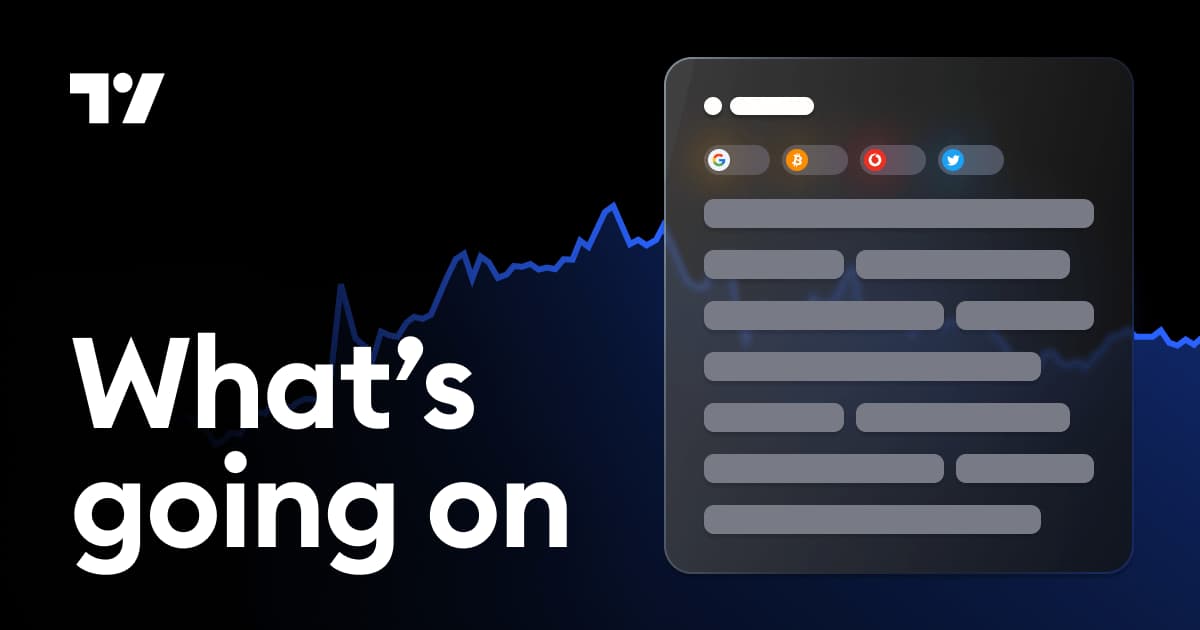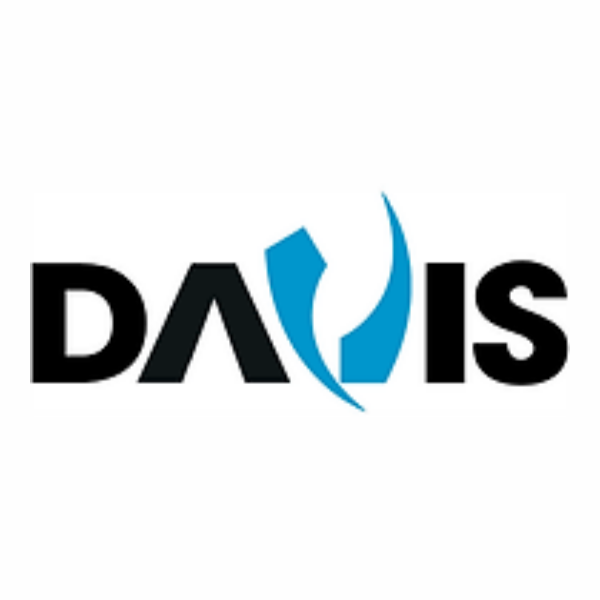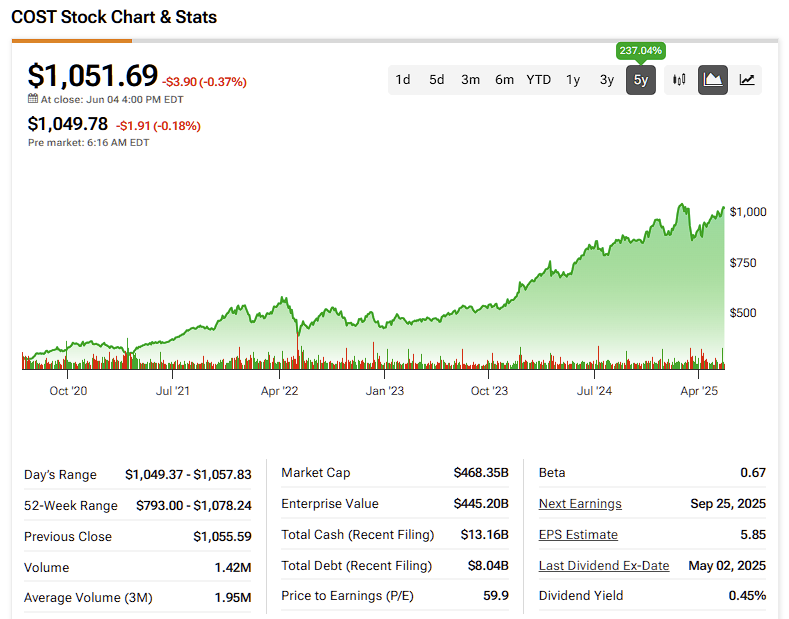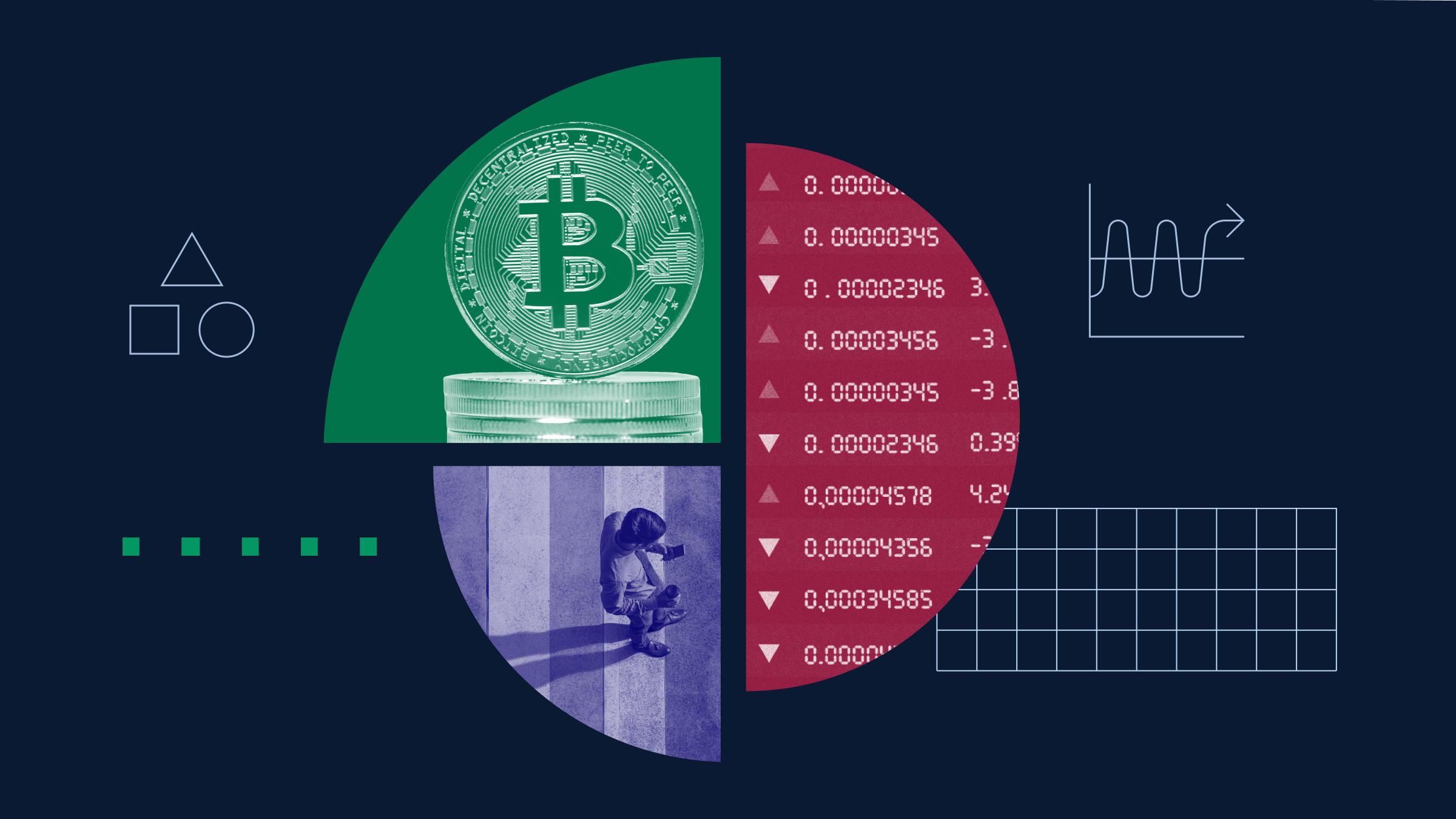What is a student checking account, and how does it work?
A checking account is a fundamental type of bank account that helps with managing everyday transactions. However, not all checking accounts have the same features and benefits — and not every account is right for every person.
Some checking accounts are tailor-made with a certain customer in mind. For those in high school or college, a student checking account could be a great tool for establishing a banking relationship and learning how to manage money as a young adult.
This embedded content is not available in your region.
What is a student checking account?
A student checking account is a specific type of checking account designed for teens and young adults. These accounts typically have the same basic features as a regular checking account, such as a debit card, online banking, and direct deposit. However, student accounts also typically offer lower or waived monthly maintenance fees, no minimum balance requirements, free overdraft protection, and other perks that make them more accessible for younger account holders with limited income.
These accounts typically have eligibility requirements. Exact requirements vary by financial institution, but some require proof of enrollment in college or university (at least part time), while others may be limited to a specific age range.
Pros and cons of student checking accounts
There are several pros and cons of having a student checking account. Before opening an account, you should consider the following:
Pros
-
Low or waived fees: Many student checking accounts offer either reduced account fees (such as monthly fees, ATM fees, and overdraft fees), or waive them altogether, making them an affordable option for students.
-
Low or no balance requirements: Student checking accounts typically don’t have minimum balance requirements in place, since students usually don’t have a lot of money to keep on deposit. If there is a minimum balance, it’s quite low compared to other accounts.
-
May offer rewards or bonuses: In some cases, these accounts offer additional incentives, such as the ability to earn cash back rewards on certain purchases or bonuses for getting good grades.
-
May come with additional money management tools: For many, a student checking account may be their first bank account ever — and the first time they’re managing their money on their own. So, some built-in budgeting and money management tools come in handy.
Cons
-
Age or enrollment restrictions: You usually need to be 17–24 years old and provide proof of student status to open or keep the account.
-
May need a c-signer to open an account: Students under the age of 18 may need a parent or guardian to cosign the account.
-
More limitations on withdrawals and transactions: As a safeguard, student accounts may cap the number or size of withdrawals and other transactions to prevent overdrafts or other mistakes that are common among younger account holders.
-
Eventually transitions to a standard account: Student accounts and the perks that come with them are temporary. Eventually, your bank or credit union will transition your account to a standard checking account, which could mean losing out on certain benefits or incurring new monthly fees.
Up Next
How to open a student checking account
Opening a student checking account is a fairly simple and straightforward process.
Once you decide where you want to open your account, you must gather the necessary documents and information to complete an account application. This includes a government-issued ID, your Social Security number, date of birth, and address. Your bank may also ask you to prove that you're a student by providing a copy of your transcript.
Once your application is approved, you may be required to make a small opening deposit to fund your account (although this isn’t always required).
In many cases, you can open an account online without setting foot in a physical branch. However, if you’re under the age of 18, you may need to visit a branch with a cosigner to open an account and provide identification in person.
Read more: What do you need to open a bank account?
What happens to your student checking account when you’re no longer a student?
Once you graduate or reach the age limit, your bank or credit union will likely transition your student checking account into a standard one. Unfortunately, this could mean losing some of the perks offered by your student account.
When that happens, be sure to read through the disclosures of the new account to decide whether it’s the right fit for you. If not, you can research the best checking accounts on the market and choose an option better suited to your needs.
Content Original Link:
" target="_blank">









